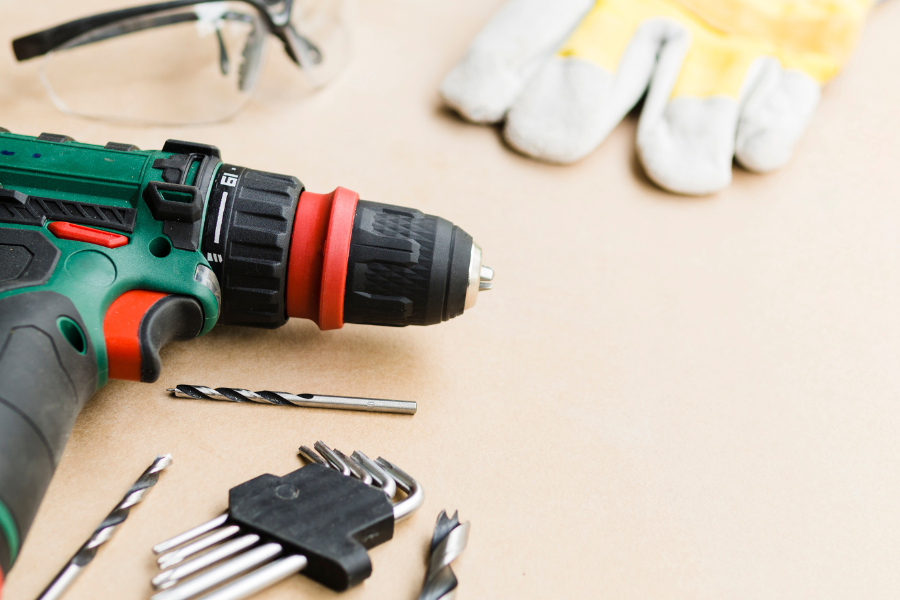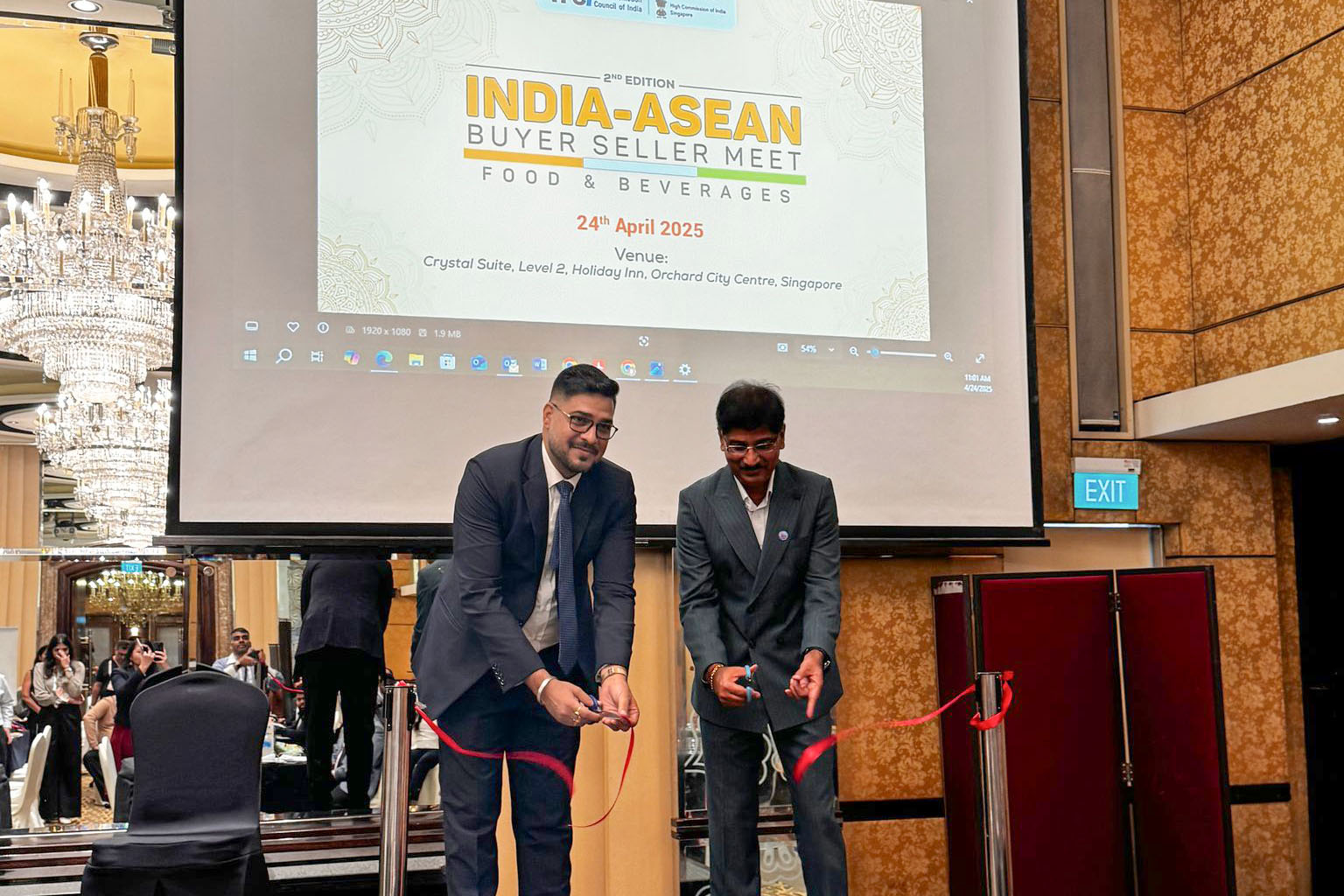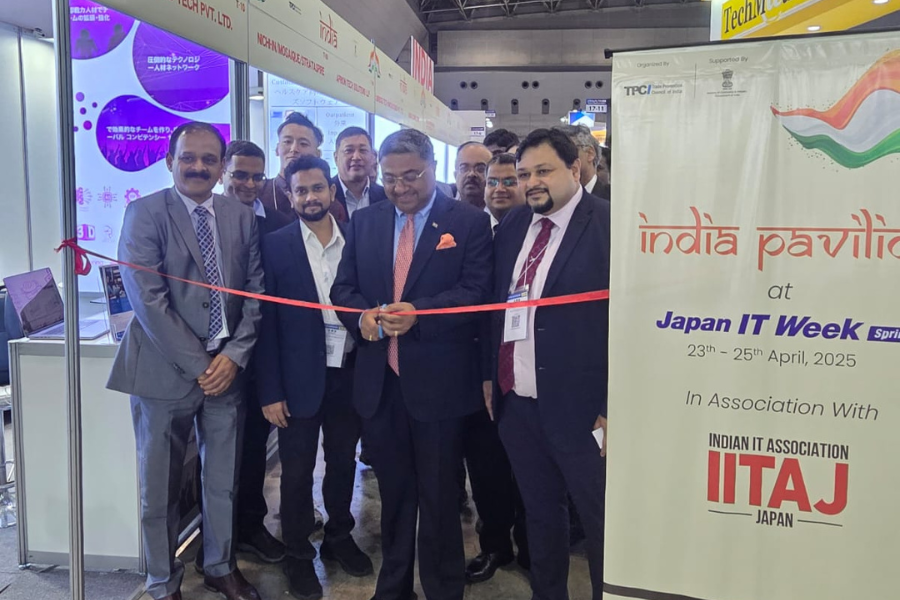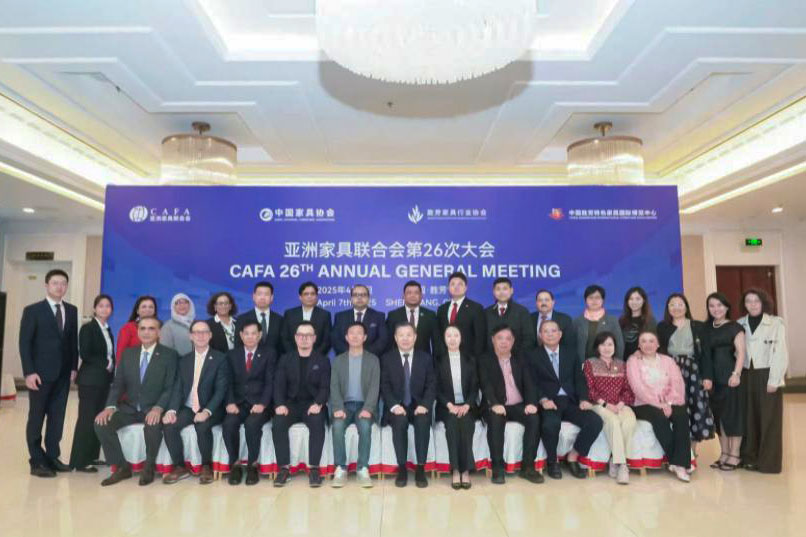Niti Aayog seeks incentive package for hand & power tools
NITI Aayog recommends targeted support to bridge India’s 14–17% cost disadvantage and capture 10% of the global power tools market and 25% of the hand tools market by 2035. It suggests ₹12,000 crore for cluster development, with an additional ₹45,000 crore from industry investment over the next decade.
 Image Source: Freepik
Image Source: Freepik
A recent report by NITI Aayog, developed in partnership with the Foundation for Economic Development, outlines a strategic framework to enable India to capture a 10% share in the global power tools market and a 25% share in hand tools over the next decade. With the global tools market projected to grow from US$ 100 billion to US$ 180 billion by 2035, India currently holds a modest share—1.8% in hand tools and 0.7% in power tools—compared to China’s dominant 50%.
To overcome a 14–17% cost disadvantage vis-à-vis global competitors, the report recommends a three-pronged approach: developing world-class industrial clusters, addressing structural cost barriers, and offering targeted support. Key initiatives include the development of 3–4 hand tool clusters across 4,000 acres—one proposed in Punjab—equipped with plug-and-play infrastructure, worker housing, R&D centers, convention facilities, and reliable utilities. A budget of ₹12,000 crore is proposed for cluster development, to be recovered through leasing and O&M charges, along with an additional ₹45,000 crore from industry over ten years.
Structural cost barriers include high raw material costs, restrictive labour regulations, elevated interest rates, and logistics inefficiencies. To tackle these, the report suggests rationalizing import duties on key inputs like steel and motors, relaxing Quality Control Orders, aligning wage and overtime norms with global standards, and reducing penalties and EPCG compliance burdens. It also advocates for 24/7 electricity access in clusters to cut high captive power costs.
Further, it emphasizes reforming land use norms by liberalizing Floor Area Ratio (FAR), ground coverage, and green cover standards to reduce investment costs and boost usable land area. Technology access can be enhanced via simplified visa and import procedures, and domestic R&D must be promoted under an independent governing council with industry and government representation.
While the report calls for fiscal bridge support in case of delayed reforms, it asserts that current export incentives like RoDTEP and duty drawbacks will suffice once structural issues are resolved. If implemented effectively, these measures could create 3.5 million jobs and reposition India as a competitive global player in the tools sector, capitalizing on geopolitical shifts like U.S. tariffs on Chinese imports.






Leave a comment